However, a particular brown bug is something of a concern. Experts warn that you should watch for it carefully. You often see it in flowerbeds, cracks within the house, or in the grass. While it seems harmless enough, it’s very destructive, so you must be prepared.
If you see this bug, there are some things you can do to protect yourself. Let’s learn what it looks like and what it does!
Tiny Brown Bug
Sometimes, insects aren’t easy to see, especially if they’re in a wooded or flowery area. They often blend into the scenery, especially if they’re small and brown. However, that’s what you must be on the lookout for!
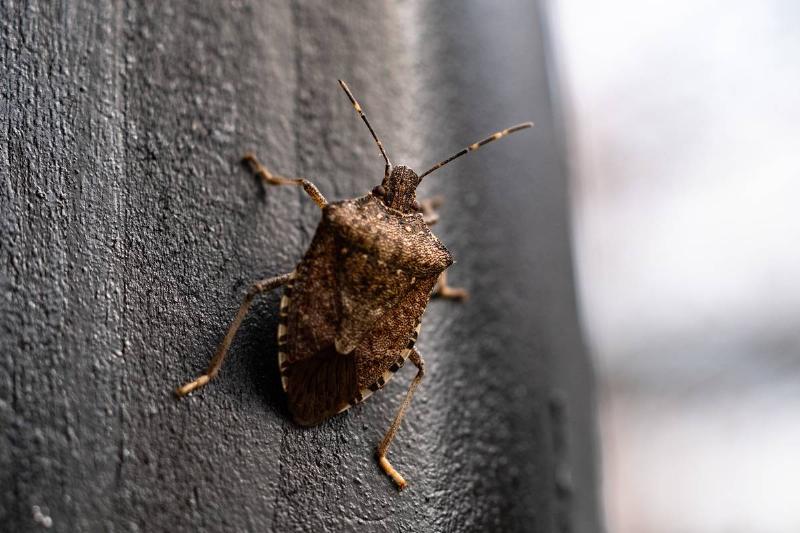
Tiny Brown Bug
Shield-like Body
Experts warn homeowners to watch things while outside because there could be a small brown bug in their yards. It’s got six legs and an oddly shaped body. This medieval shield is the most prominent thing about it because the pest is only 0.7 inches long as an adult!
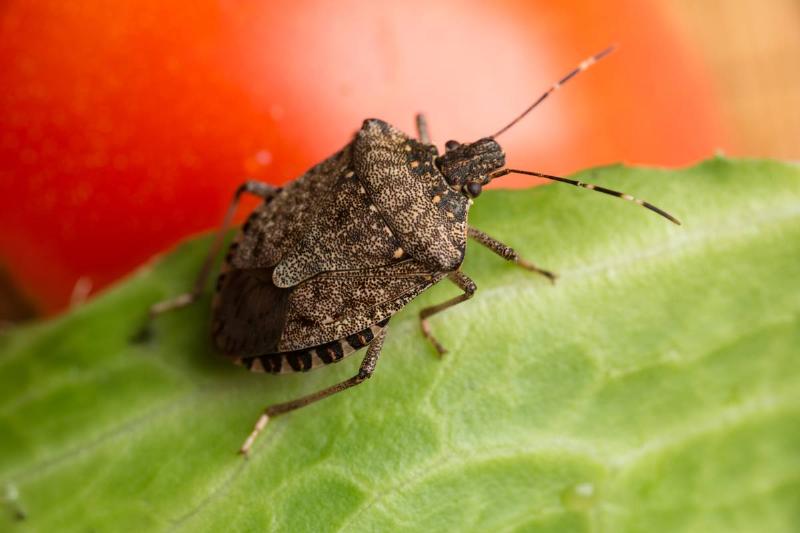
Shield-like Body
Small but Potentially Harmful
These are very tiny brown bugs, but they can cause problems if they go undetected. Therefore, homeowners must be very vigilant. The pests have wings and might end up in your home!
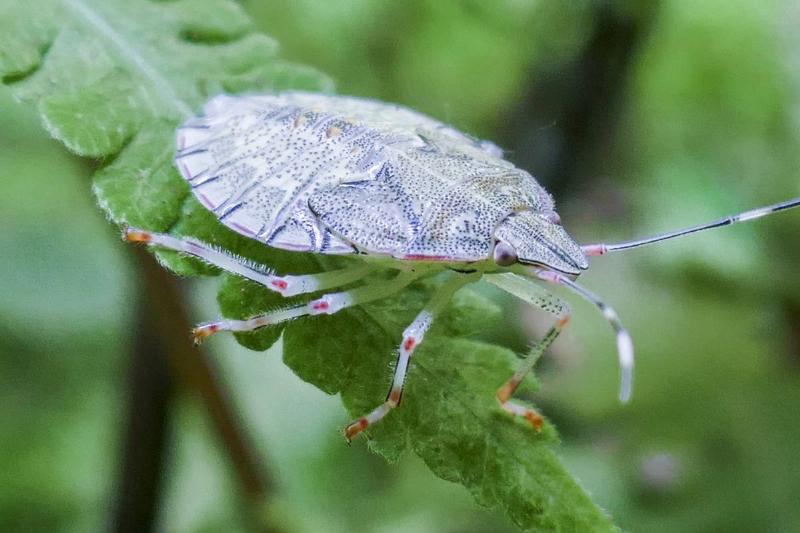
Small but Potentially Harmful
Finding Ways Inside
Their wings shouldn’t be taken lightly. These bugs can fly up, getting into the house through walls, curtains, and cracks if they prefer. Therefore, you should be aware of them in your yard and make a note.
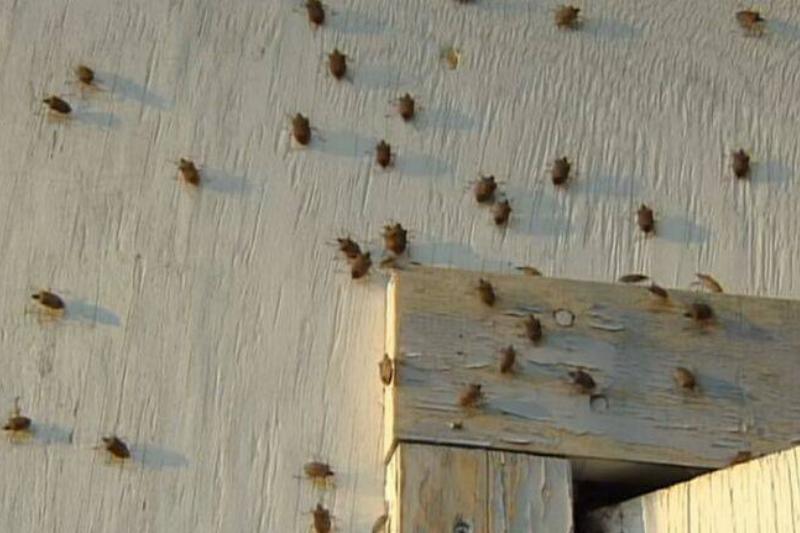
Finding Ways Inside
Brown Marmorated Stink Bug
Homeowners must focus on what insects fly around in the yard, and that’s especially true for the brown marmorated stink bug (Halyomorpha halys). The name sounds quite horrible, but it fits this pest perfectly because it tries to infest gardens and homes!
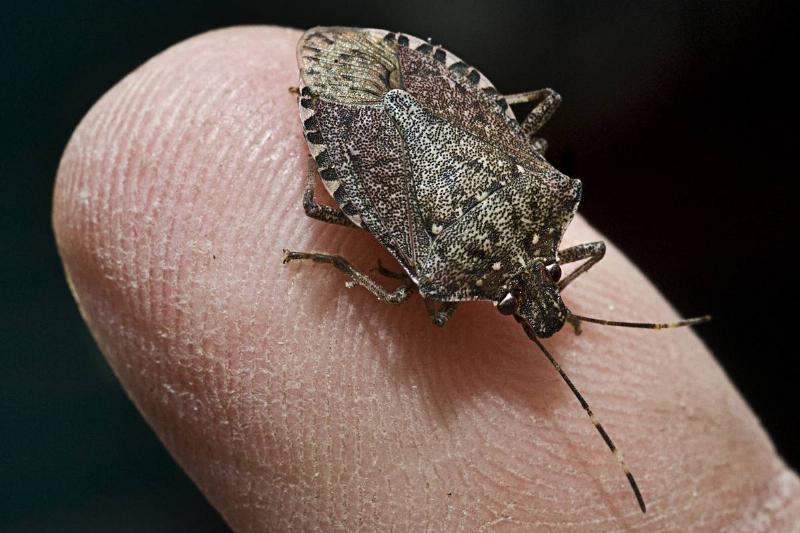
Brown Marmorated Stink Bug
Accidentally Introduced into the US in 1998
The stink bug originated in Korea, Asia, Japan, and China. However, those in Allentown, Pennsylvania, saw it for the first time in 1998. Scientists think it was carried over and instantly became a nuisance for the Eastern United States!
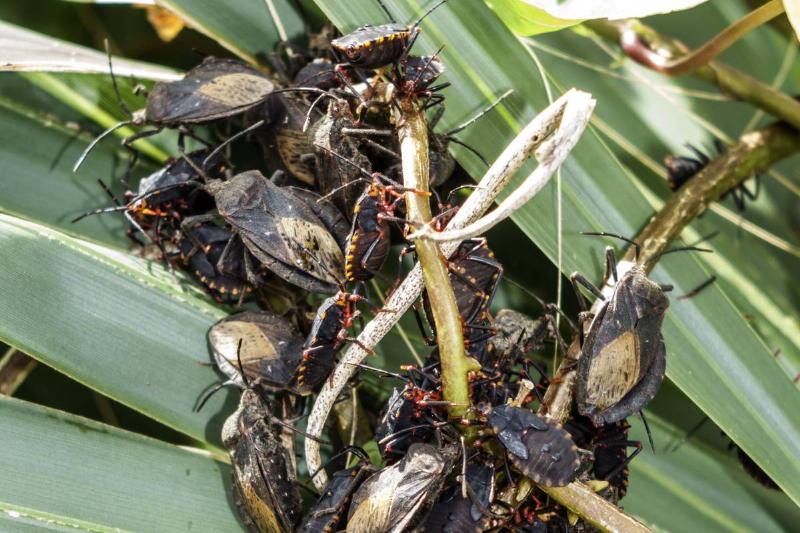
Accidentally Introduced into the US in 1998
Max Barclay Explains
Max Barclay backtracked the bug’s origins, believing he understands how it moved through various countries to end up in the US. The expert works on the Coleoptera collection in the National History Museum and says it went to the UK first!
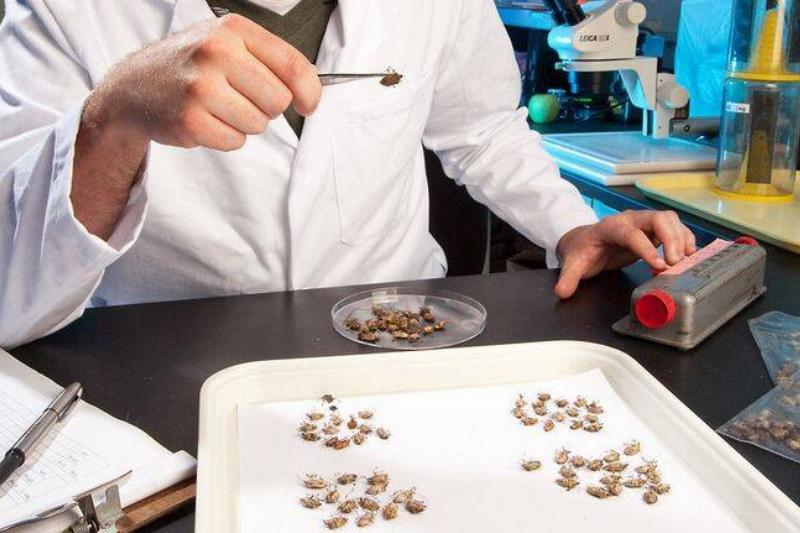
Max Barclay Explains
Prediction of Another Arrival in 2014
Barclay said in 2014 that he believed the brown marmorated stink bug could move into Britain, and he was correct! It was then spotted in the gardens of the Natural History Museum in 2020.
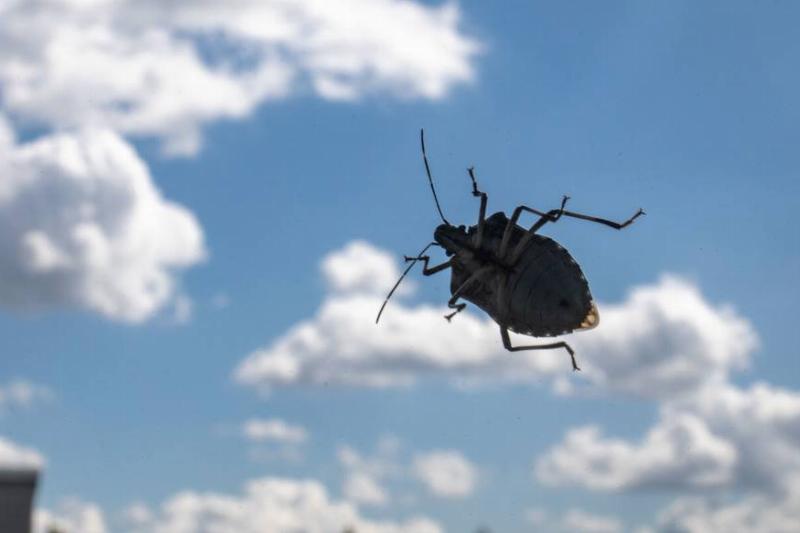
Prediction of Another Arrival in 2014
Shipping Crates, Packages, and Pallets
His prediction came to pass; news of stink bugs reached him quickly and continued to pour in. These pests establish themselves fast. They tend to move inside during the winter, so they show up in shipping crates, packaging, and pallets.

Shipping Crates, Packages, and Pallets
Thriving in Warm Weather
The stink bugs don’t handle cold climates well, so they move to shipping crates to sleep in the winter (diapause). Once cold weather shifts to warmer temperatures, they start thriving and mating!
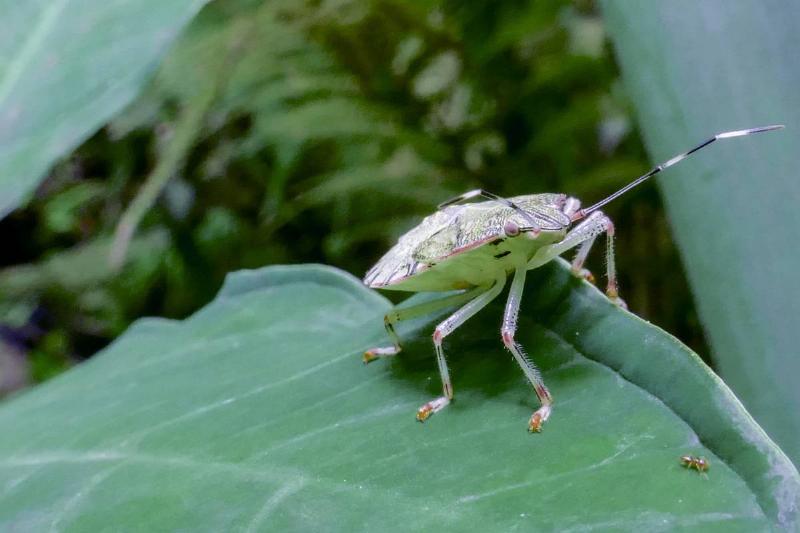
Thriving in Warm Weather
Climate Change for the Invasion
Debates continue about climate change, and claims of the earth getting warmer are prevalent. If that’s the case, humanity could experience a huge stink bug invasion. The International Biometeorology Journal showed research predicting that the bug might show up in Switzerland in the 2010s!
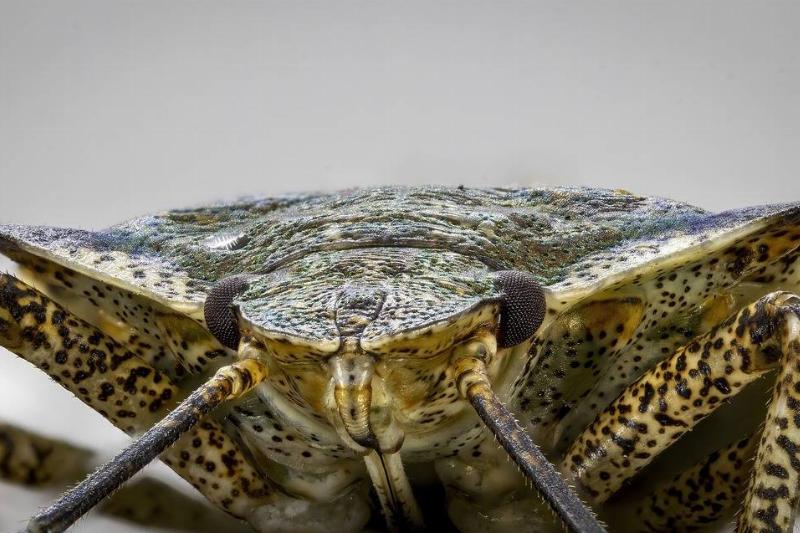
Climate Change for the Invasion
Hitching a Ride
The research was right, sadly. The Journal claimed that Switzerland experienced higher populations of stink bugs and more damage from 2017 until the present, and they can also raise temperatures.

Hitching a Ride
Bad News for the Swiss
Dr. Haye is with the Center for Agriculture, and he says there’s evidence that the species is modifying because of the climate change. They are non-native, but their population is sure to increase because warm weather promotes establishment.
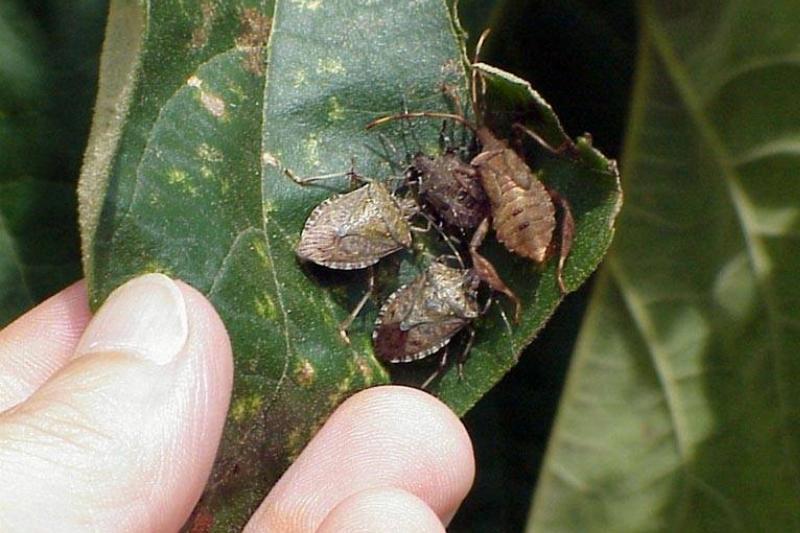
Bad News for the Swiss
High Altitudes Unsafe
In his paper, the doctor guesstimated where the bugs might infest, claiming they would head into the foothills of the Alps and south. Then, he said higher latitudes might be suitable when the climate changes more.
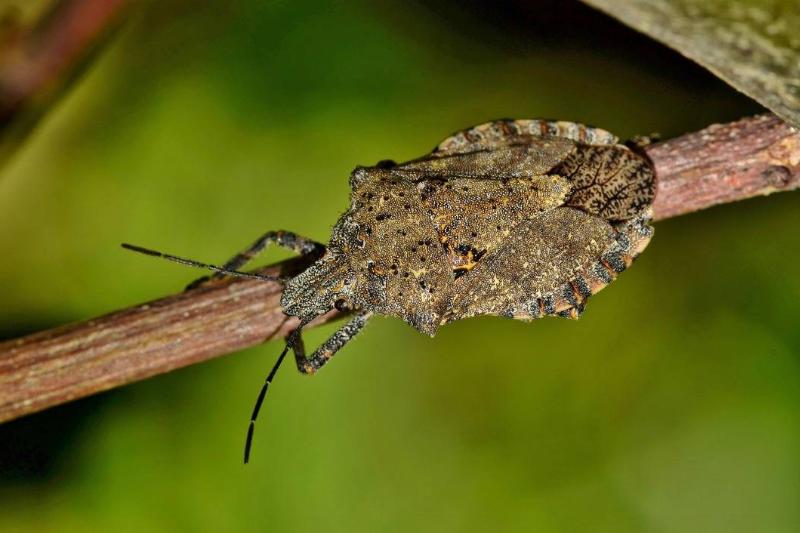
High Altitudes Unsafe
Thousands of Bugs
Dr. Haye’s paper suggests that the stink bug population could get out of hand quickly. Therefore, it’s important to watch out for them in your yard and home. Then, you can take action and avoid an infestation of thousands.
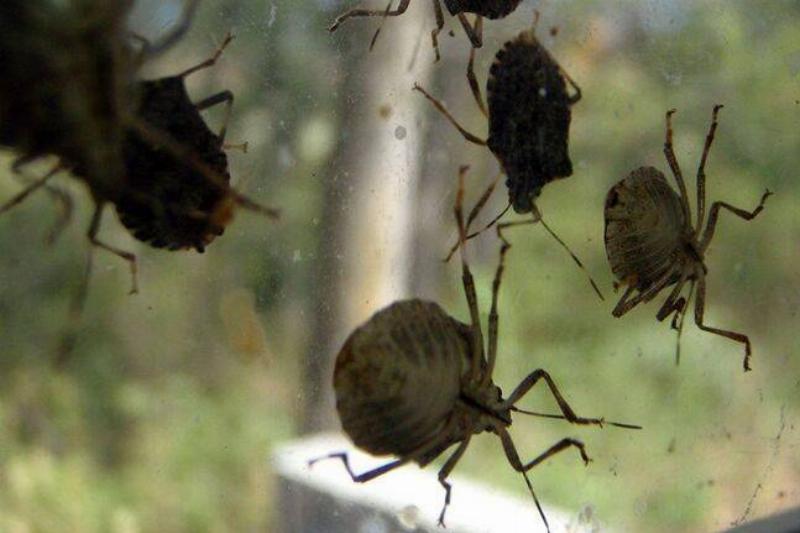
Thousands of Bugs
Pennsylvania to North Carolina
The stink bugs didn’t arrive in the US until 1998. They were found first in Pennsylvania but shifted to New Jersey and Virginia by 2004. Now, those in North Carolina must deal with them, too. However, that’s not all!
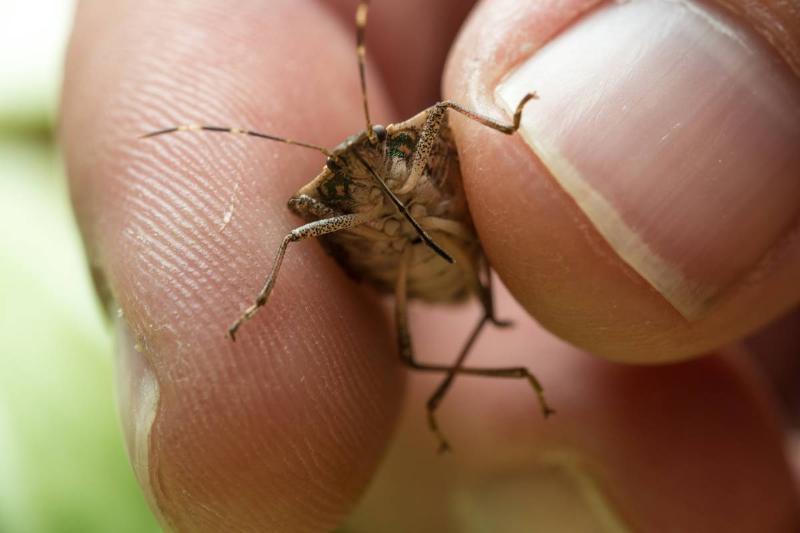
Pennsylvania to North Carolina
44 States and 25 Years
Sadly, these stink bugs didn’t stay on the eastern coastline for long. They have now infested 44 out of 50 states. The shocking part is it took only 25 years for them to move that far!
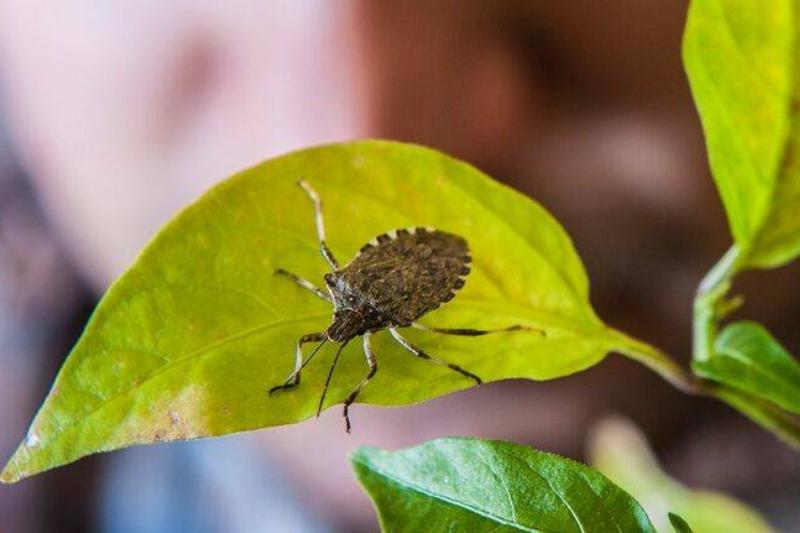
44 States and 25 Years
Cilantro and Almonds
Stink bugs release a special odor, and it can smell like cilantro to some. Others think it’s closer to almonds. Regardless, when you smell those scents in the garden but don’t grow them yourself, there could be a problem.

Cilantro and Almonds
Can’t Be Wiped Out
There’s no way to completely eradicate an invasive species like this, but you can contain them. Barclay says that stink bugs get established quickly. You often see one or two, but that means they’re everywhere already!
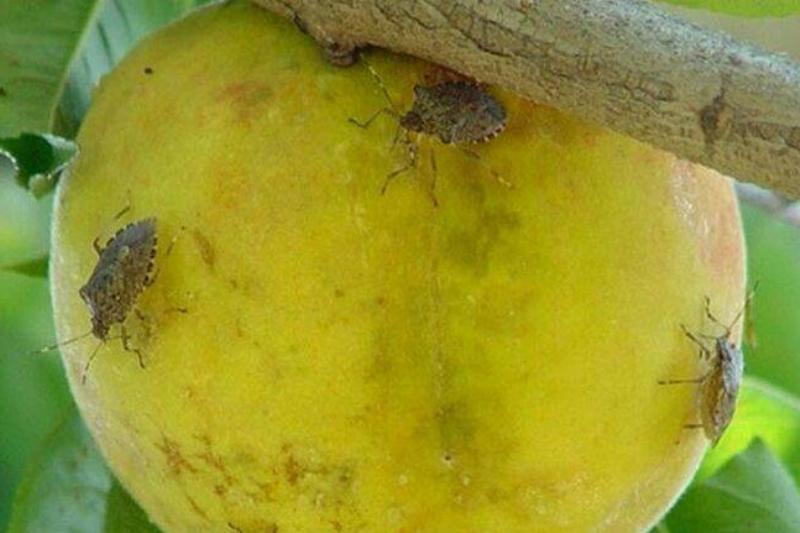
Can’t Be Wiped Out
Contain the Pest
There’s no true long-term solution for eradicating stink bugs. However, you can control the situation and contain them if you act quickly. When you see these shield-shaped pests around, use the tips and tricks below!
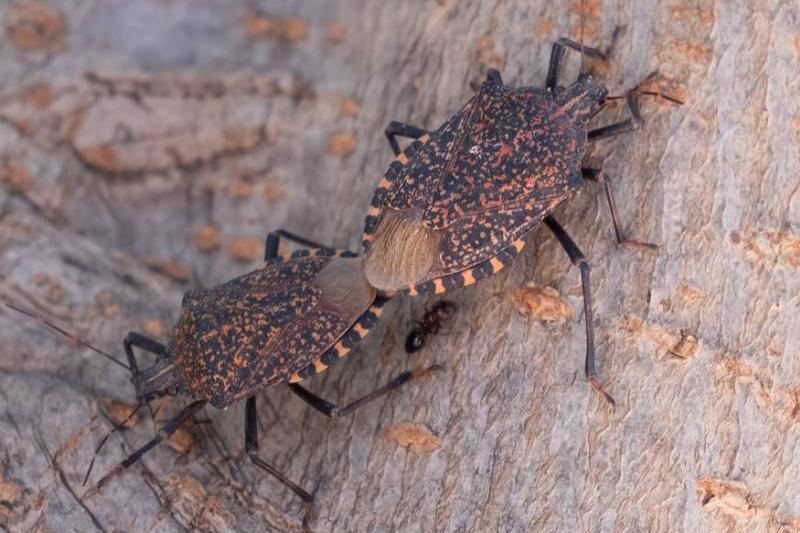
Contain the Pest
Remove Obstructions and Weeds
The first thing you should do once you spot these brown bugs is to remove all weeds from the garden. Stink bugs enjoy hiding in them and use anything they can for camouflage. Therefore, you should get rid of your lawn ornaments.

Remove Obstructions and Weeds
Homemade Bug Repellent
If the pests are still around once you’ve removed the weeds and ornaments, use a homemade bug repellent. The best solution is adding kaolin clay to a few gallons of water and adding 15 milliliters of your favorite dish soap. Mix it all, put it in your spray bottle, and spray everything!
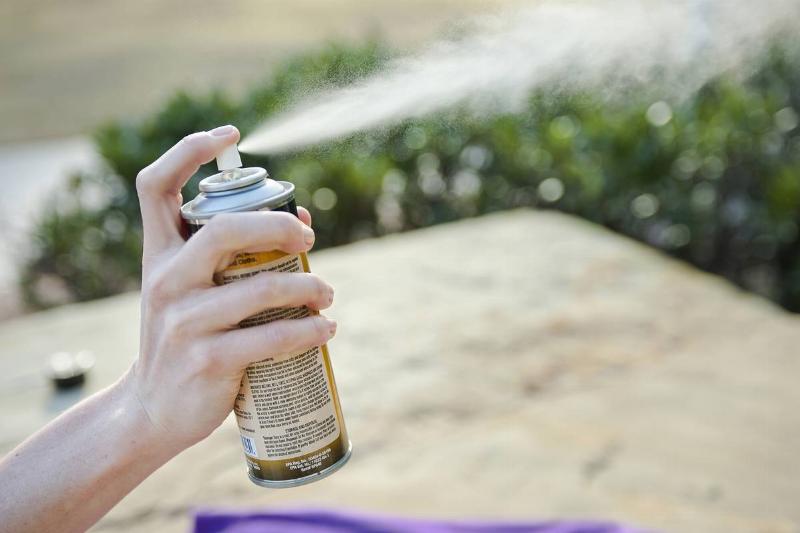
Homemade Bug Repellent
Nontoxic for Plants
Stink bugs won’t eat the leaves or crops or touch anything sprayed with the homemade repellent mixture. Plus, they don’t lay eggs in those areas. Likewise, the solution is harmless to your garden, but you should rinse everything off before you eat them.
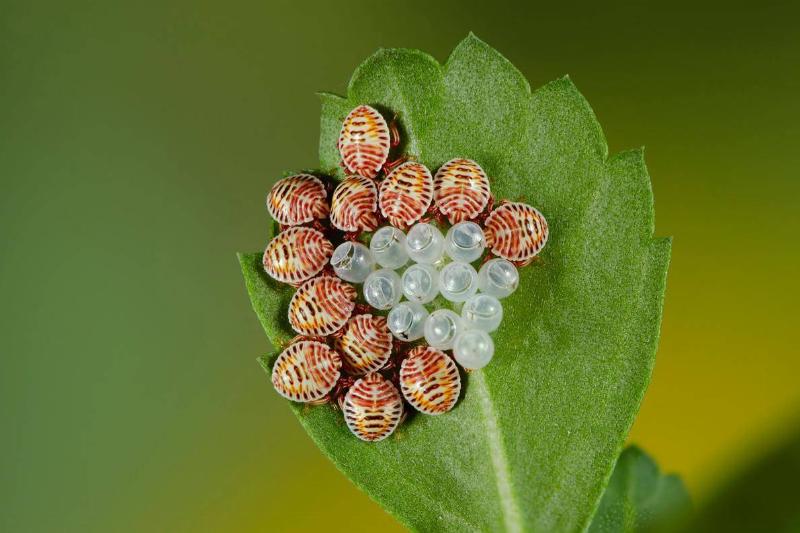
Nontoxic for Plants
Trap Plants
Generally, stink bugs prefer yellow, so it’s best to create some trap plants with yellow flora, such as sunflowers. It’s not like the Venus Flytrap, though. Instead, you’re guiding the pests away from the garden.
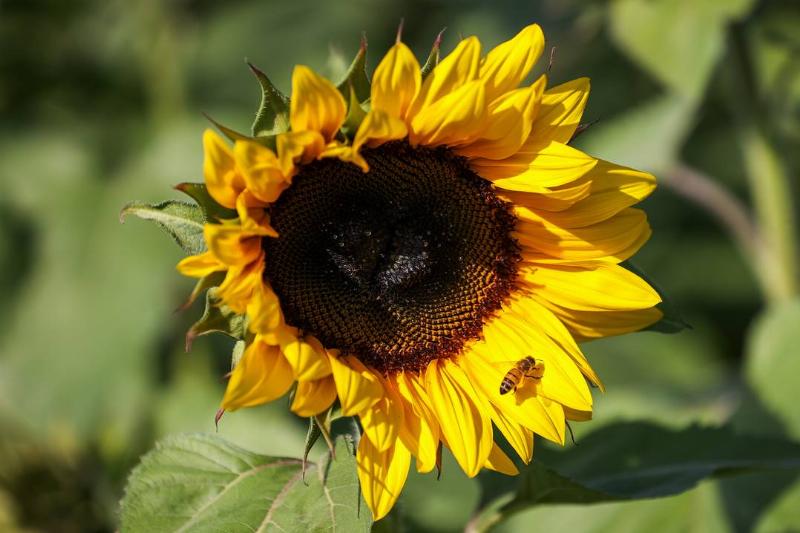
Trap Plants
Away from Others
If you want the trap to be successful, you should plant your yellow flora far away from your garden in other sections of the yard. Then, the stink bugs all congregate there, allowing you to spray them and kill them!
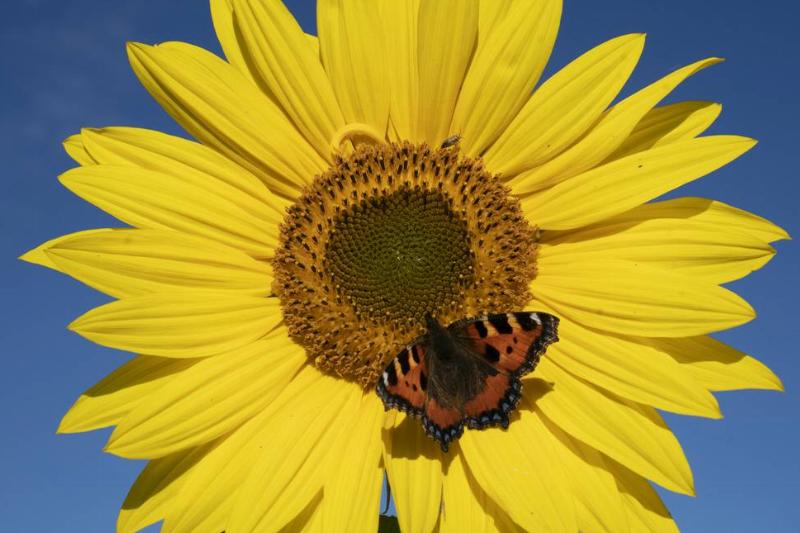
Away From Others
Dispose of Your Trap
Once stink bugs show up around the plant trap, there are some options. You could do nothing and let them roam free in that area. Birds and animals will kill the pests for you, though it often takes time.

Dispose of Your Trap
Put It in Plastic
One more option is to wait until there are many stink bugs on the trap plant. Dig up that flower, put it in a sealable garbage bag, and wait. Close things up tightly, leaving it in the sunshine for the heat to kill the pests.
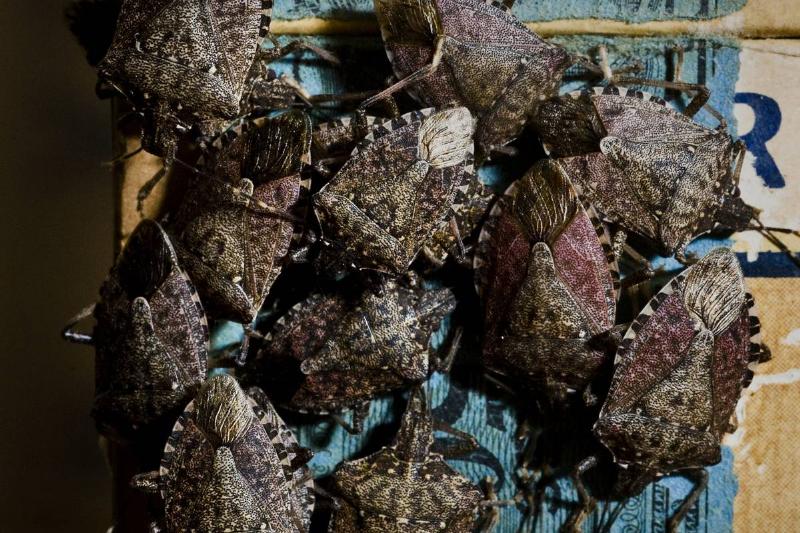
Put It in Plastic
Prefer Fruit and Vegetables
While the smell the bugs give off is unpleasant, that’s not the worst thing. The insects enjoy garden treats, such as vegetables and fruits. In fact, they could kill an entire crop if you don’t deal with the issue quickly.
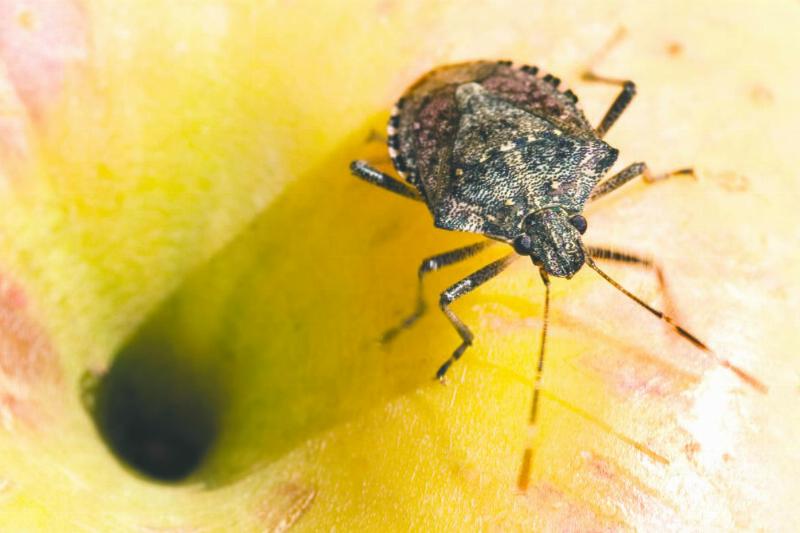
Prefer Fruit and Vegetables
Ruined $40 Million Apples
Farmers in 2010 lost roughly $40 million in applies because they didn’t notice the stink bug infestation until it was too late. The pests left brown stains wherever they munched but never went to the core of the fruit. They also eat grapes and can ruin wine supplies.
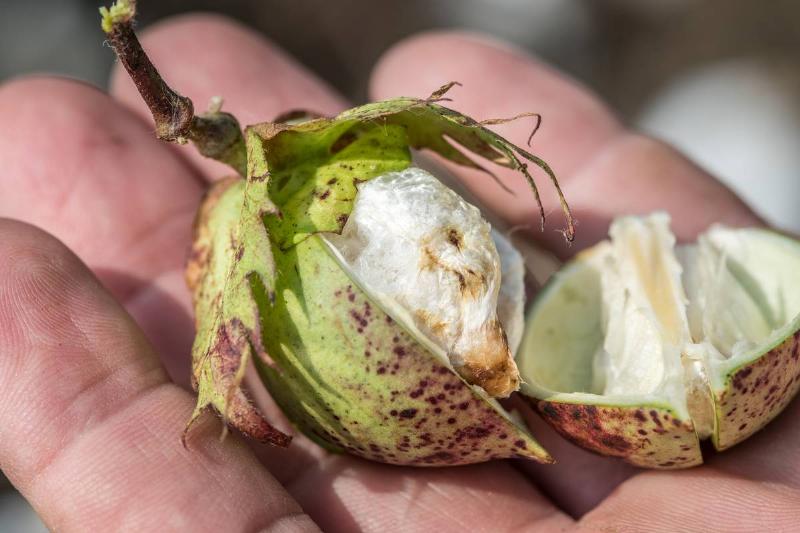
Ruined $40 Million Apples
Sealants in the House
You probably want to protect your house from stink bugs, but you need a different strategy. It’s best to seal the openings with the right sealant. Then, the pests can’t get inside and infest your home at all!
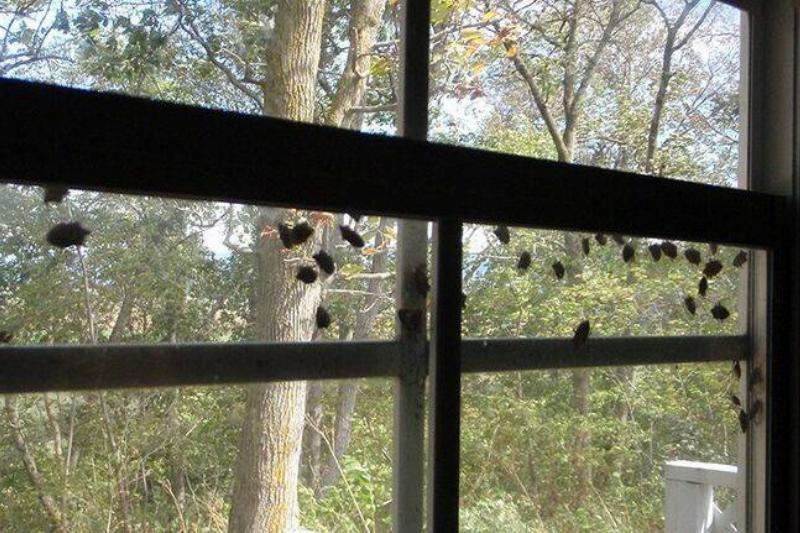
Sealants in the House
Use the Vacuum Cleaner
Sometimes, sealing the cracks isn’t enough, and you still get stink bugs inside. Don’t worry if it happens, though. Suck the pests up using your vacuum cleaner. When you’re done, throw the bag away immediately so that they don’t get out and reinfest the space.
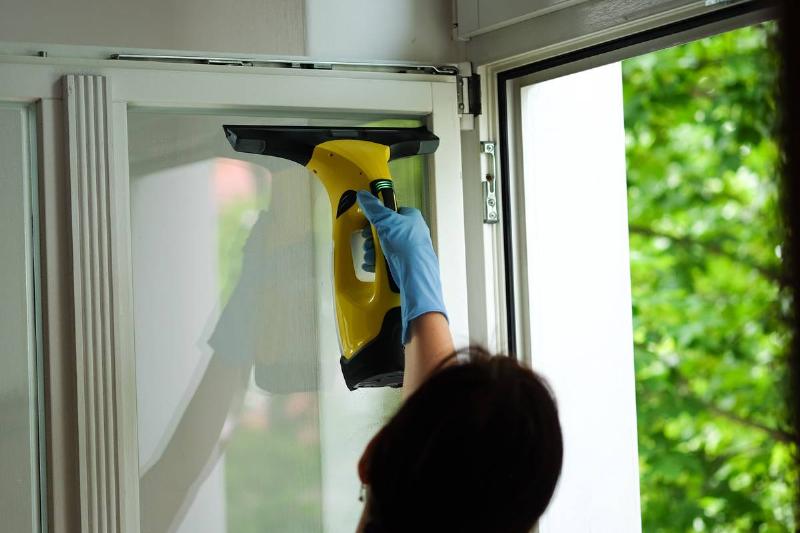
Use the Vacuum Cleaner
Turn Off the Lights
Stink bugs are attracted to the light, so try keeping outdoor lighting to a minimum. If you’re at home, don’t leave the porch lights on. Also, keep the curtains drawn and blinds down, so nothing gets outside for them to see!
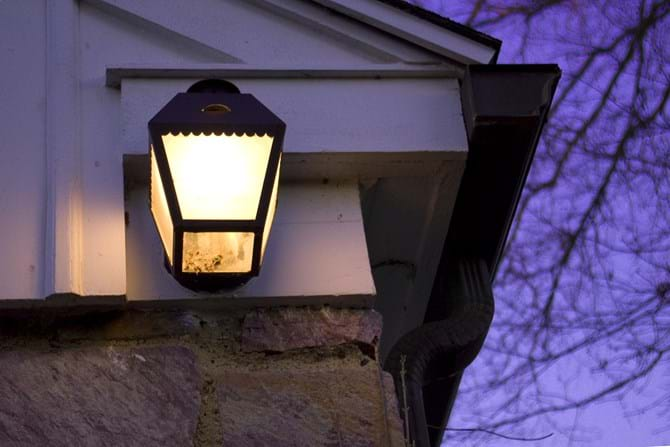
Turn Off the Lights
Reduce Moisture
These stink bugs require a water source, so you should focus on eliminating moisture around the home. Look for leaking pipes, clogged drains, and other situations. It might be wise to shut outside water sources off when you’re not using them!

Reduce Moisture
Eliminate the Food Source
Stink bugs have to eat, and they don’t really care what it is. Therefore, food must be stored in an airtight container. You can also use a trash can with a lid, disposing of it into a sealed receptacle. Keep the counters and floors clean, too!

Eliminate the Food Source
Check All Belongings
When you purchase items in boxes, inspect them thoroughly. This can include grocery bags, holiday decorations sitting in an attic, and any online shopping crates and packages. Don’t let those bugs in your home!

Check All Belongings
Don’t Squish Them
Most people have the urge to kill whatever insects get inside. They grab a shoe and slap it down. However, if you disturb and crush stink bugs, they release the odor and attract other pests. Shoo them outside or vacuum them up to remove them.
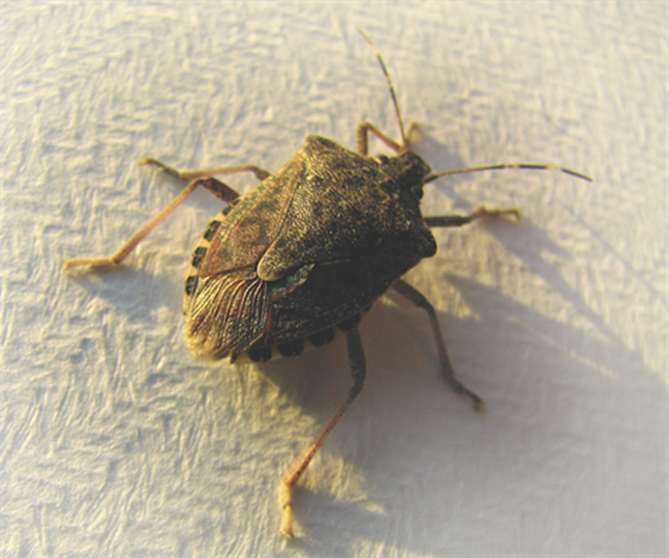
Don’t Squish Them
Proper Landscaping
It’s best to keep any branches and shrubs well-trimmed. Those who use firewood should keep the pile 20 feet away from the house and roughly 5 inches off the ground. Typically, stink bugs won’t harbor there if you follow those tips!
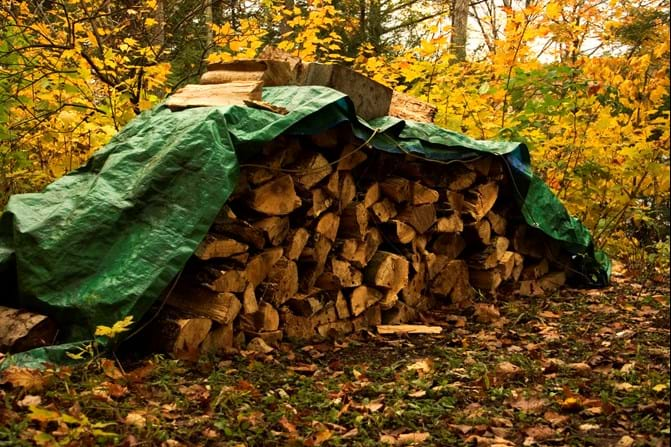
Proper Landscaping
Ventilate
Make sure your garages, attics, crawl spaces, and basements are ventilated properly so that there are fewer harborage points. Consider running a dehumidifier in those areas and use mesh screens for chimneys or attic vents.

Ventilate
Use Traps Indoors
If you have stink bugs in the house, create a trap just like you did outside. Fill an empty spray bottle with 2 cups of water, 1 cup of vinegar, and 1/2 cup of dish soap. Directly spray the bugs to kill them without the horrible smell!

Use Traps Indoors
Watch Out for This Insect
Whether you use a vacuum, homemade bug repellents, or trap flowers, there are many ways to control the stink bug population on your property. Watch out for this annoying pest to keep it out of your house and away from your crops!
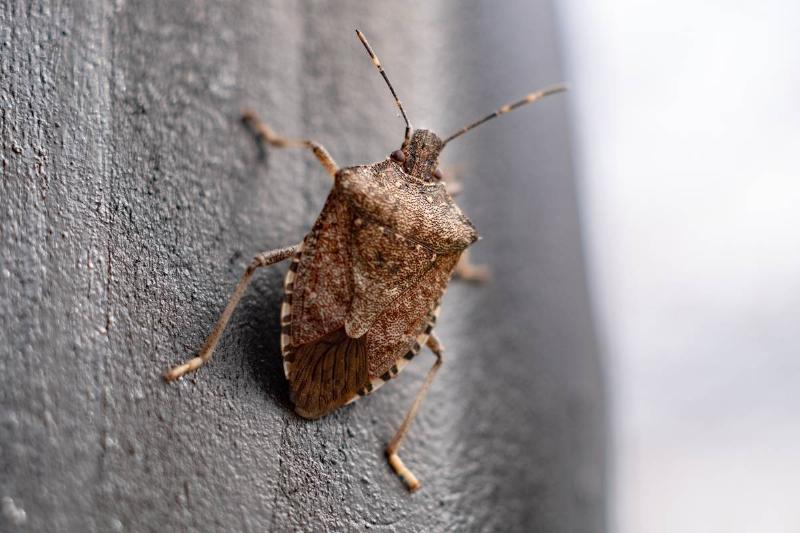
Watch Out for This Insect


